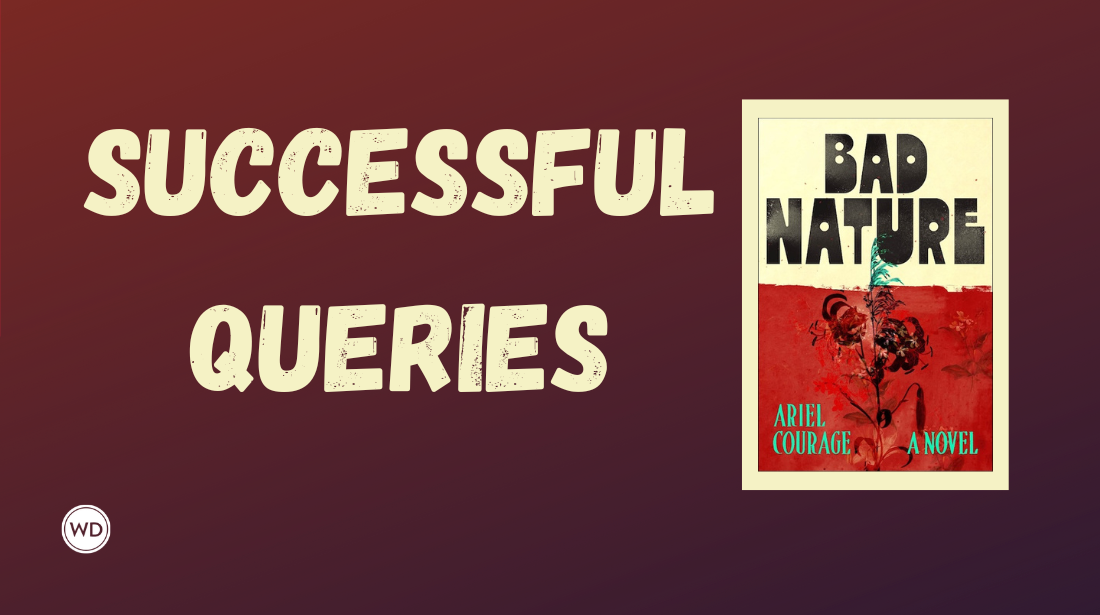What to Look for When Editing Your Manuscript
What should writers do when they finish their first drafts? Author Patricia Gussin reveals how to tune your manuscript up so it’s ready for agents and editors.
In her ThrillerFest session “So You Have a First Draft, Now What?,” acclaimed novelist Patricia Gussin (Weapon of Choice) answered that question with this fantastic list of edits writers should consider before sending their work off to an agent or publisher.
Once you have a great plot, story line, multidimensional characters, danger, a fast pace, a killer beginning, a middle that doesn’t sag and a striking ending, Gussin said, it’s time to tackle the 5 Reread Program—in which you reread your manuscript five separate times. Sure, it’ll be a lot of work, she said, but “It’ll make an incredible difference when your manuscript gets to the agent or editor.”
Here’s a breakdown of what each read entails. [Regardless of whether you do all five or not, we think these are excellent essentials to be aware of in any manuscript, at any level.]
Read #1: The Content
--Do a “word-count reality check.” Make sure your work falls into its appropriate and requested genre range.
--Get rid of the deadweight. “You can probably take 20 percent out of your first manuscript and have it be a better end product.” You may cut entire chapters, or just single words. Some common areas to slice: places where you’ve overused research. Areas where your prose is getting preachy. Areas where you dumped backstory, versus sprinkling it in.
--Check your timeline. Make sure everything logically flows.
--Study your point-of-view changes. Ensure that you don’t have too many going on throughout the book.
--Double check your work for technical accuracy—particularly with things like weapons. People in the know will call you out if you get it wrong.
--Check your “choreography.” Someone who was shot a moment ago shouldn’t now be behaving as if they weren’t.
Read #2: The Enhancement
--Utilize the power of the senses. Try for at least two in every scene. Visual. Auditory. Smell. Touch. Taste. Sprinkle them in. Enhance as much as you can.
Read #3: The Sentence Level
Gussin said this read tends to be the toughest—and also tends to be the one that differentiates a real writer. “Every single sentence counts.”
--Nix or fix “the awkward sentence”—those that read wrong for a variety of reasons, including lack of parallel structure, misplaced modifiers, etc.
--Avoid long paragraphs. Gussin said thriller readers prefer short bursts versus long graphs. Short = action. “People want to see white space.”
--Fix point of view slips. “That’s incredibly important. An editor or agent will pick that up right away.”
--Check for adequate transitions between paragraphs and sentences.
--Avoid names that sound or are spelled too similarly. Some authors will even avoid names that start with the same consonants.
--Generally, avoid using too many adjectives. And, of course, avoid adverbs. “As a rule of thumb you should question every adverb.”
--Check your metaphors and similes for originality and freshness. “If it’s trite, it really works against you.”
Read #4: The Little Things
--Maintain a list of your formatting of certain items so that you can keep them consistent throughout your manuscript. E.g., numbers – are you going to write them out or use a numerical reference? Are you going to capitalize a trademarked brand, or use a generic lowercase?
--Make sure your comma usage is consistent. E.g., are you using Oxford commas?
--Check for words you may have unintentionally overused. E.g., “Suddenly.”
--Check your attribution tags. Don’t doubt the power of “said,” the universal tag. “Ask” is OK, too. “A lot of people drive themselves crazy trying to think of unique [tags].” You don’t have to.
--Maintain a list of all the proper nouns (people, places, etc.) in your manuscript. Make sure everything is used consistently.
--Fact check. Yes—even in fiction. “[It’s] still very important, especially if you have people, places and times that are in the public domain.”
--Paginate your manuscript. Also, “It’s always a good idea to include a header or footer with the name of the manuscript and your name.”
Read #5: The Audible Read
Read it out loud—if possible, with an audience. You’ll likely notice disconnects you wouldn’t have by simply reviewing it on screen.
--Watch for repetition. Measure pace.
--Watch for balance and clarity of POV characters. Is it obvious who’s speaking?
To write a credible thriller story, writers need to know how police investigations
really work. HowDunit: Police Procedure & Investigation is perfect
for learning why and how cops do what they do.
Order it now.
Zachary Petit is a freelance journalist and editor, and a lifelong literary and design nerd. He's also a former senior managing editor of Writer’s Digest magazine. Follow him on Twitter @ZacharyPetit.








